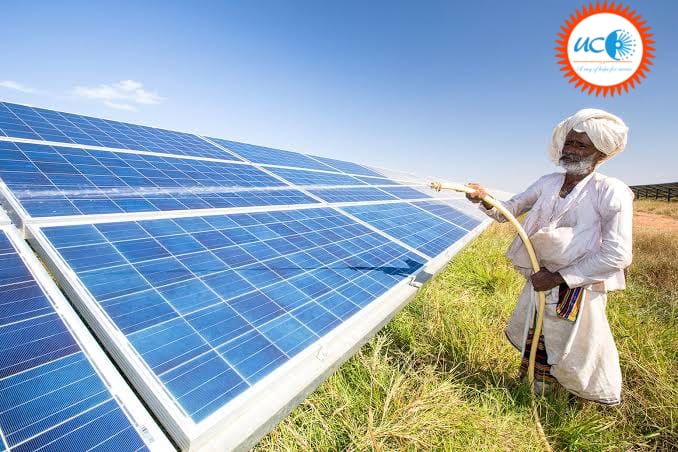Do you think India will meet 50 per cent of its energy needs from renewable energy by 2030? Justify your answer. How will the shift of subsidies from fossil fuels to renewables help achieve the above objective? Explain.
Introduction
Generally speaking, Somalia-based piracy worries the international community.
Contrary to popular belief, the Indian Ocean region is home to some of the world’s most notorious drug production facilities. Golden Triangle and Golden Crescent are a couple such examples. Other unsettling actions committed in the IOR, such as the trafficking of people and guns, are also well-known.
Due to this significant marine activity, it is entirely conceivable for competing parties to use it to launch assaults on land, as was the case with the 26/11 Mumbai terror strikes.
Extra Regional Military Presence: The Chinese Navy’s expansion and the acquisition of a facility in Djibouti, 24 access points in Malaysia, the “covert” station in Gwadar, and the recently announced maritime silk route are all very worrying for India’s maritime security.
Short-term obstacles to funding renewable energy include rising interest rates, a weakening rupee, and high inflation. Independent Power Producers need to access new or underutilised sources of money in order to scale up financing in order to reach 2030 goals.
Any government action that reduces the cost of producing energy from fossil fuels, increases the price paid by energy producers, or decreases the price paid by energy consumers is referred to as a fossil fuel subsidy. Basically, it refers to anything that tilts the playing field in favour of fossil fuels against alternative energy sources. By 2050, the energy sector’s subsidies will have been rebalanced away from ecologically damaging subsidies and toward environmentally friendly subsidies.
The total subsidies for renewables increase and will reach USD 192 billion in 2030 as the implementation of renewable energy quickens, particularly in the end-use industries. As subsidies for renewable power generation decline, this is caused by an increase in subsidies for renewable energy in buildings, industries, and transportation.
As the use of renewable energy increases in the challenging-to-decarbonize industrial and transportation sectors, the total yearly subsidies for renewable energy rise by around 10% between 2030 and 2050. With some initial setbacks, switching subsidies from fossil fuels to renewables will therefore aid in achieving the goal.





